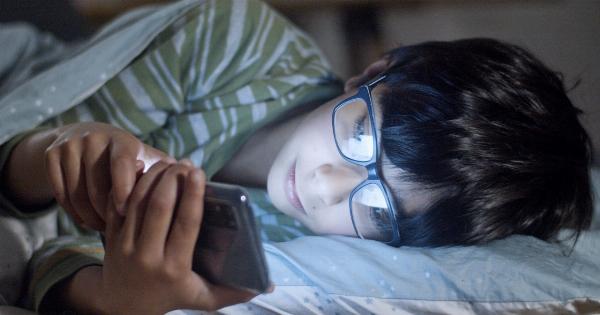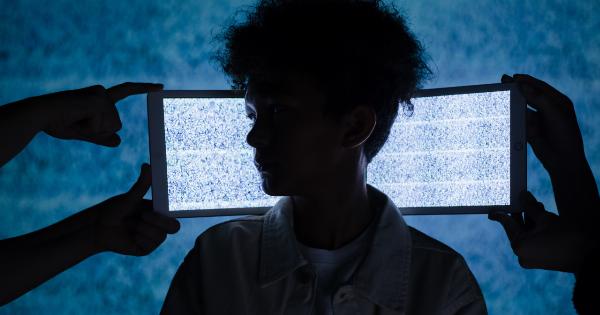Technology is advancing rapidly, and with it, screens have become an integral part of our lives. It is not only adults but also children who are now glued to screens.
Smart screens, like smartphones, laptops, and tablets, have changed the way children interact, learn, and play. But, is it all that beneficial?.
The Rise of Smart Screens for Kids
Gone are the days when parents used to keep their children away from screens. Smart screens, with their alluring features and ease of use, have found a permanent place in the lives of children.
From interactive learning games and videos to social media platforms, there is no limit to the ways in which screens can keep children occupied.
It has now become common practice for schools to introduce digital devices into the classrooms, and parents use screens to keep their kids engaged while they work.
Smart screens have revolutionized learning and offered many benefits that traditional methods of teaching may not provide.
The Dangers of Excessive Screen Time
While the educational and entertainment benefits of smart screens cannot be overlooked, excessive screen time can negatively impact children’s creativity.
According to a study, children who spend more than two hours of screen time every day score lower on tests related to creativity.
It is essential to note that creativity is not limited to artistic expression. Creative thinking is a crucial skill that helps children come up with innovative solutions, and excessive screen time can hamper their ability to think outside the box.
The Negative Effects of Smart Screens on Children’s Creativity
The following are some of the negative effects of smart screens on children’s creativity:.
Diminishes the Ability to Focus
Smart screens have shortened children’s attention spans, making it challenging to focus on a task consistently. Excessive screen time can lead to a lack of concentration, which can significantly impact creative thinking.
Eliminates Unstructured Play
Smart screens have replaced unstructured play, such as playing with toys or interacting with nature, with structured play that limits creativity.
Children need to have free time to explore their imagination and think creatively, which smart screens seldom provide.
Decreases the Ability to Imagine and Create
With the instant gratification of information and entertainment that smart screens provide, children are no longer motivated to imagine and invent.
When everything is presented to them on a digital screen, they lose the desire to create something new and innovative.
Solutions to Reduce the Negative Impact of Smart Screens
Parents and educators need to be mindful of the amount of screen time that children spend daily. While there is no harm in occasional screen time, excessive usage can have several detrimental effects, including decreased creativity.
Therefore, it is essential to take steps to reduce the negative impact of smart screens on children’s creativity. Here are some solutions:.
Set Screen Time Limits
Parents should limit the use of smart screens for children to less than two hours a day. Set boundaries and create schedules that reduce screen usage and promote unstructured play, outdoor activities, and reading time.
Introduce Interactive Educational Activities
Parents and educators should use smart screens to promote a love for learning. Use interactive educational apps and games that encourage creative thinking instead of passive entertainment.
Encourage Creative Play
Unstructured playtime is crucial for children, and parents should encourage it by limiting screen time.
Encourage children to indulge in activities that promote imagination and encourage creativity, such as arts and crafts, board games, and building toys.
Conclusion
Smart screens have become an important part of our lives, and they undoubtedly have many advantages. However, excessive screen time can have unintended consequences on children’s creativity.
Therefore, parents and educators need to promote unstructured playtime and limit screen time to reduce the negative effects of smart screens.






























